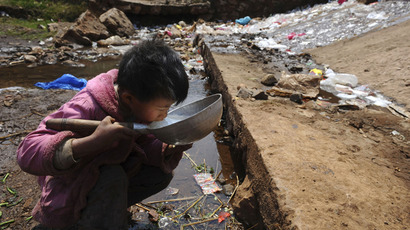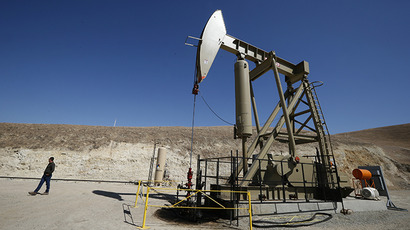California coastline hosts ‘Great Pacific Garbage Patch’
Millions of pieces of trash are floating in the world’s oceans and fundamentally changing the makeup of Earth’s food chain.
Tons of plastic have accumulated in an area between Hawaii and California, and the convergence of currents swirls the trash into what is now known as the Great Pacific Garbage Patch.
Bottle caps, trash bags and broken plastic are now part of the diet of many birds and sea creatures around the world.
“It’s very depressing, initially, to realize the extent of the problem,” said Captain Charles Moore, founder of Alagalita Marine Research Institute.
One of the largest concentrations of marine debris is in the Pacific Ocean, halfway between Hawaii and California. It’s called the Great Pacific Garbage Patch.
Moore accidentally found the garbage patch in 1997 while sailing through a gyre, where ocean currents circulate and accumulate trash.
“It’s a piece here, a piece there. It’s not a solid island. In general what we see is a soup of plastic. Not really an island of plastic,” said Moore.
Next year, Captain Moore is planning to spend a month at the Garbage Patch to research its effects on the food chain.
It is difficult to see the collection of trash from above because it’s made up of pieces of plastic the size of a finger nail. Researchers believe that there could be 2 million of these little pieces of plastic per square mile.
“Millions of creatures are dying every year, tangled in plastic,” said Moore.
“It’s not just the wildlife that is being fooled into eating this stuff and getting tangled in it, it’s we ourselves that are changing our biological being with these chemicals in this hyper-consumptive world that we live in,” Moore added.
Scientists at the Scripps Institution of Oceanography in San Diego have also been trying to figure out how the marine debris is changing the world. A Scripps study estimated that fish in the intermediate ocean depths of the North Pacific Ocean ingest plastic at a rate of roughly 12,000 to 24,000 tons per year.
Cleaning up the mess that’s already been made is likely impossible, but experts believe the problem could potentially be saved with a radical change in economic and social culture.
“When you hear politicians talk about growth, you would think it’s one of the 10 Commandments,” said Moore.
“Our very being is consumers of products. This defines us these days. The type of car we have, the type of shoes we wear. The type of hair gel we do. The band of clothing we have. This is how we get our identity,” Moore added.
Moore argues that consumption habits and our creature comforts have led to an earth shattering problem: where to put all of the trash we generate.
“We have to really redefine ourselves as human beings, as something other than a consumer in order to beat this problem,” said Moore.
New shorelines created of trash are appearing in all oceans, and even in America’s Great Lakes.
As world economies continue to thrive on mass consumption, Captain Moore will continue to sail and study the plastic oceans.














